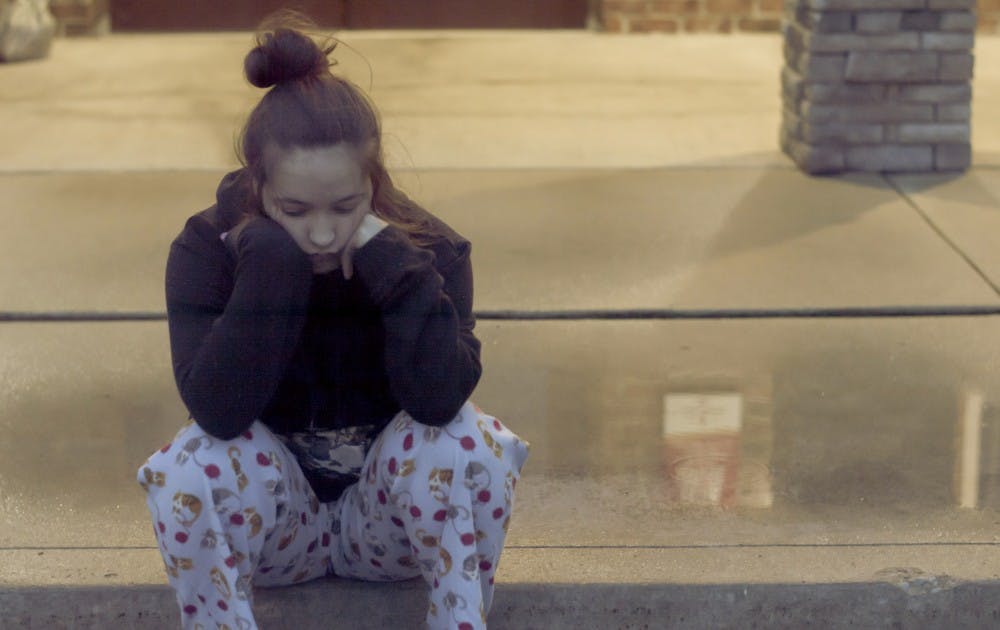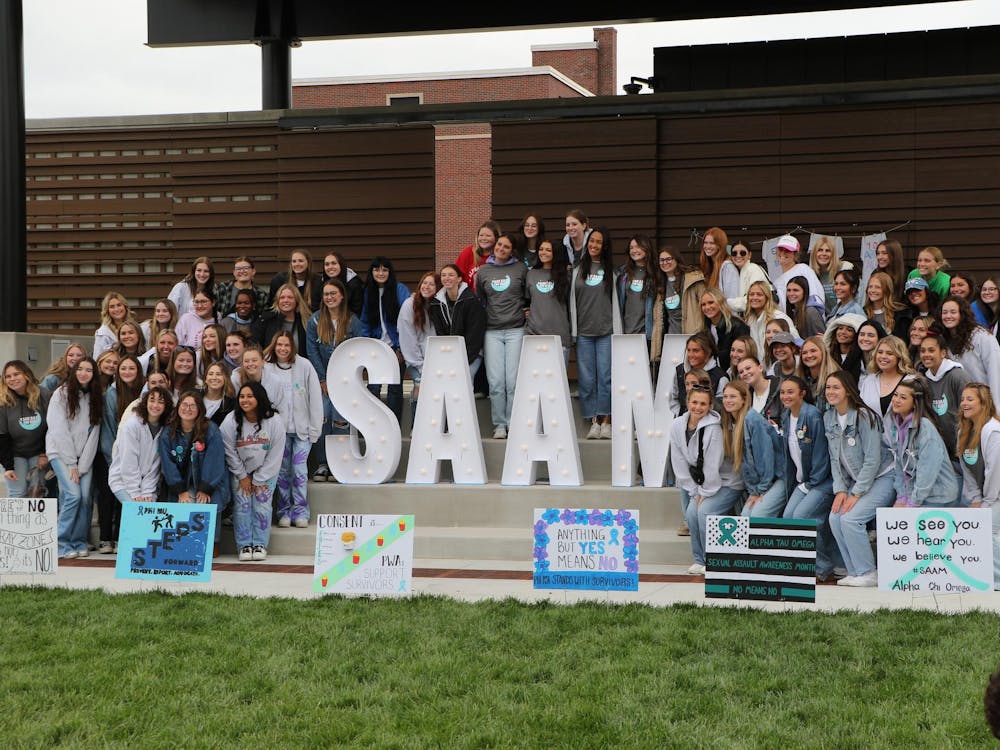SAD Facts, according to articles by Psychology Today and the National Center for Biotechnology Information.
- SAD affects 10 million Americans.
- SAD occurs four times more often in women than men.
- SAD is progressively more likely to occur in someone the further away they live from the equator.
The warm sunshine, new flowers and green grass of spring contrast the dark evenings, cold walks and barren trees of winter.
While these traits may mark the change in seasons for some, the contrast causes 10 million Americans to suffer from Seasonal Affective Disorder (SAD), according to an article by Psychology Today.
SAD is a depressive disorder that correlates to the seasons, starting in fall and easing up in spring.
While the exact cause is unknown, SAD is thought to be caused by the differing amounts of light in winter and summer, said Ellen Lucas, associate director of outreach and consultation and psychologist.
“When there is no sun, basically it is a lot harder to pull myself up out of those feelings of depression or isolation,” said Emma Davidson, a freshman elementary education major who experiences SAD. “Things compile in the winter. It is always so gloomy out. There is no life outside. People in general want to be indoors, you don’t see people milling about.”
The amount of light likely decreases the amount of serotonin produced in a person’s brain, according to an article by National Center for Biotechnology Information.
“Serotonin regulates symptoms associated with depression, such as appetite, sleep, concentration, mood, memory,” Lucas said. “The amount of light that we are exposed to is decreased in the winter. This has the effect on the amount of serotonin our brain produces. We have less serotonin. So, if we have a lower level of serotonin, it tends to [be] associated with depressive symptoms.”
Davidson said while she suffers from depression and anxiety year-round, her mental health becomes worse in the winter.
“I get depressive episodes. I can be totally fine all day, have the best day and then this cloud will just come over me in my mind. I’m miserable, I’m sad, I’m frustrated,” Davidson said. “I can’t really get myself out of it. But in the summer it is definitely much easier to do that.”
SAD occurs four times more often in women than men, according to an article by National Center for Biotechnology Information. However, despite Davidson’s struggle, she said she has developed ways to cope.
“Focus on the light in your life, honestly, as cliché as that sounds,” Davidson said. “You know what makes you happiest. Taking those things and reminding yourself of them ... helps a lot.”
Coping strategies are important to help someone with SAD prepare for the seasons, Lucas said.
“[It is important] to know they may be feeling better in the summer months but they need to be aware of triggers and catalysts that show a recurrence of that depression in the fall,” Lucas said. “Make sure they are on top of it as they go into the fall and take special care of their mental health at that time.”
If students think they are suffering from SAD, Lucas said she encourages them to schedule an appointment with the Counseling Center.
“Ball State students' mental health is our No. 1 priority,” Lucas said. “It is easier to resolve something the sooner you come in.”
Contact Liz Rieth with comments at ejrieth@bsu.edu or on Twitter @liz_rieth.





